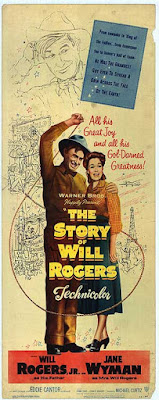Sobersided and purposefully styleless, so we’ll know it’s a serious movie, this late entry in Hollywood’s anti-communist film cycle turns the corner away from hysteria and toward fairness. At least, that’s the idea in writer/director Philip Dunne’s enervated telling of this ripped-from-the-headlines Pulitzer Prize-winning tale. Ernest Borgnine, family man/civilian clerk working for the U.S. Navy, abruptly loses clearance & gets suspended due to some minor Pre-War Communist associations (magazine subscriptions; two bucks to a Spanish War Children’s Relief Fund; the usual ‘premature’ Anti-Fascist smears). More seriously, he’s also being anonymously denounced as a local ‘radical,’ possibly over some community housing issues. Lawyering up with Ray Milland, taking on the case in spite of a substantial financial loss, the film works hard to give impartial hearing not only to Borgnine, but also to the government/military panel. But in doing so, Dunne soft-pedals the two most interesting elements of the case, barely touching on the possibility that Borgnine is being targeted as a Jew (something we discover only when Andrew Duggan’s sympathetic Presbyterian Pastor makes a house call, noting that Borgnine’s rabbi is ill; and later, some coded Anti-Semitism when the main informer reveals himself as a right-wing white supremacist). Even more interesting, and possibly much worse, is the likelihood that government investigators have knowingly lied in their field reports, misrepresenting what people said about Borgnine. If there’s any case to be made here, it’s more a case for Borgnine suing the government! Instead, we get Secretary of the Navy Dean Jaggar, looking a bit like President Eisenhower, being congratulated for not condoning injustice.* A pretty low bar. The real story would be whether anyone ever investigated the investigators.
ATTENTION MUST BE PAID: Three years later, the Hollywood BlackList would be broken when Dalton Trumbo received credit on SPARTACUS and EXODUS, both released in 1960.
READ ALL ABOUT IT: *As per TAKE TWO (Philip Dunne’s auto-bio), tough-minded criticism of the Navy was deleted from the script and their participation flipped to have them be part of the solution.



























